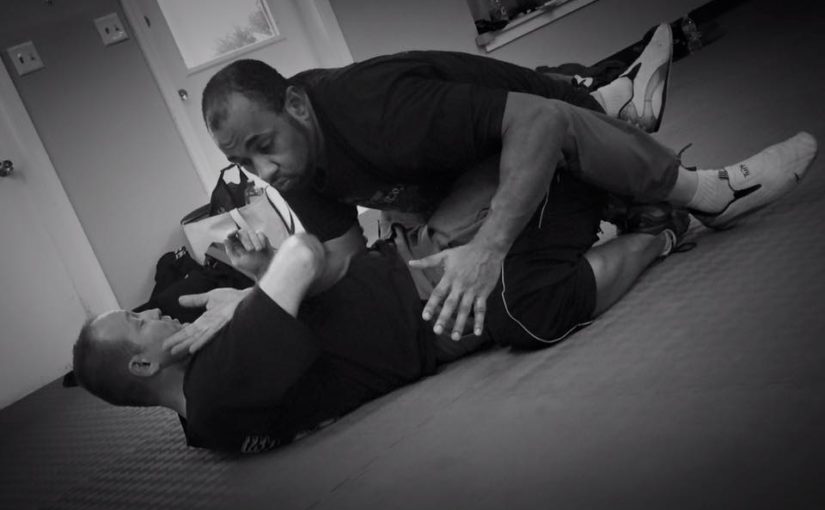Maybe I’m a little O.C.D. but I find it very frustrating to see classes or video instruction where the material is just all over the place in topic and or skill level.
My favorite teachers are the ones who organize the material into a logical progression and I strive to do that in my own teaching and training.
There is a temptation for the student to want to learn advanced techniques, the flashy stuff, something recently pulled off in a MMA match or maybe just something new to break the boredom.
Instructors can be tempted too, maybe to show off, prove they are better than the school across town. In some cases, they think it helps with retention.
You shouldn’t worry about Berimbolo Rolls and Flying Armbars when you can’t escape basic positions.
You shouldn’t be worried about spin kicks, trapping and long combinations until your basics are solid.
Can these techniques work? Sure, but they are low opportunity, high risk techniques.
“Don’t fear the man who practices 10,000 techniques, fear the man who practices one technique 10,000 times.”
It irks me to see people drill something just a few times and stop as if they know it enough.
Never be satisfied with how good your basics are, I’m happy to just work my jab for an hour.
There are four levels of competency.
1. Unconscious incompetence – you don’t know even it exist.
2. Conscious incompetence – you know of it but can not do it.
3. Conscious competence – you can do it but have to think about it.
4. Unconscious competence – the skill is hardwired into you.
“You got to know your ABCs to spell SMASH.” CJB
How to organize learning and teaching.
- Follow the data and statistics of the given arena. Is it street, a weapon, combat sport (boxing, wrestling, BJJ, Muay Thai … ) ?
- What are the most common attacks ? What are the easiest, effective, multi-purpose tools ?
- Organize those individual techniques into topics and prioritize them. (hand attacks, hand defense, leg attack, leg defense, clinch, takedowns, takedown defense …)
For example, in our Ju Jitsu program first thing we teach is something I call “Ju Jitsu Houdini” escapes from positions.
There is a standing holds version (bear hugs, head locks, full nelson … ) and a ground holds version (mount, side control, rear mount….).
My belief is first priority in the ground game is survival, to escape the positions, to free yourself to run, fight, get back on your feet or launch your own ground attack.
Being a good escape artist helps your offense because if the attack fails you are confident you can get out of trouble. Then build your offense armbars, armlocks, chokes, leg locks.
Next, learn to escape those attacks, then to counter their defense, each skill learned is the next priority to learn how to counter.
Climbing out of Hell
Another way I prioritize the material is by starting from the worst case scenario.
When I teach clinch defense for example I start from the opponent has double neck tie, your posture is broken and the knee hits you.
If that didn’t finish you off, learn how to use it for your own counter offense.
Take that theory and apply it to punches, kicks ….
Few things are better for your confidence and your safety then being able to survive worst case scenarios.
Here is a video clip of “Climbing out of Hell (clinch )”.
https://www.facebook.com/333833153339690/videos/vb.333833153339690/936273399762326/?type=2&theater


